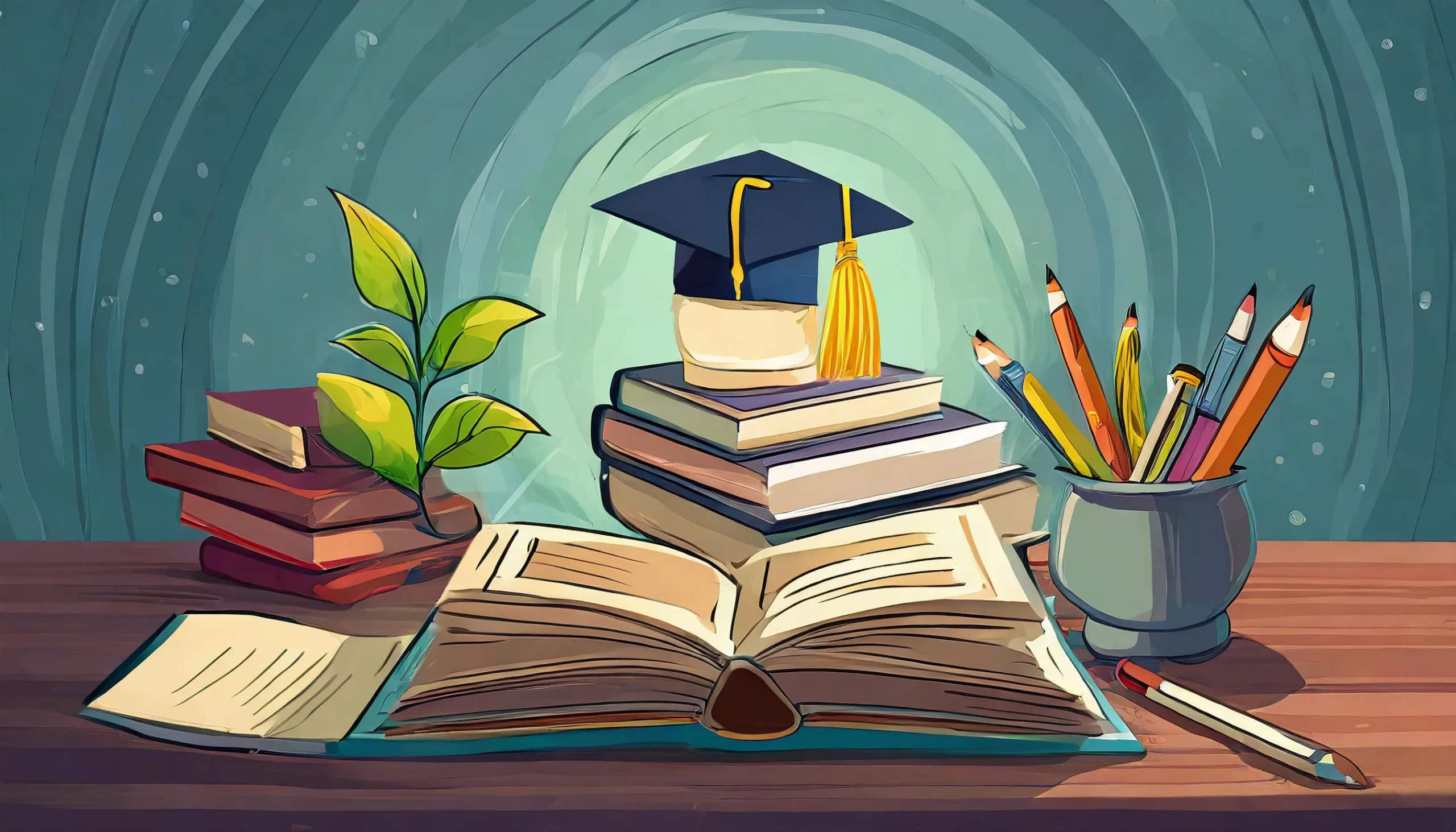Using Open Educational Resources in Teaching
Open Educational Resources (OER) are freely available teaching materials that you may use for your events. Here you can find out where to find OER and under what conditions you can modify and use them for your purposes.

In a nutshell: What Is OER?
Open Educational Resources (OER) are publicly available educational materials that you can use and, in most cases, modify for your own teaching. Presentations, teaching concepts, worksheets, videos, or entire ILIAS courses are available to you in printed or digital form. Depending on the kind of reuse permitted, OER are provided with licenses, the most common of which are so-called Creative Commons licenses.
Step by Step: Where Can I Find OER?
The Open Resources Campus NRW (ORCA.nrw) is a collaborative service offered by higher education institutions in North Rhine-Westphalia under the umbrella of Digital University NRW (German), of which TH Köln is also a member. As there has been no central collection or search function for Open Educational Resources (OER) on the web that could be used to find all the freely available teaching and learning materials for higher education, ORCA.nrw is intended to serve as a central point of contact for OER.
The decentralised structure of OER has both advantages and disadvantages; for example, even though the subject-specific and didactic evaluation of OER search results may be time-consuming, certain repositories sometimes offer greater possibilities for teachers. The following are recommended OER repositories and search options.
- ORCA.nrw: NRW’s Open Resources Campus provides educational resources for teachers and students, combining material and projects funded by Digital University NRW.
- twillo: Twillo is the OER state portal for Lower Saxony. In cooperation with ORCA.nrw, open educational materials from North Rhine-Westphalia can also be made available here.
- TIB AV-Portal: Teachers can upload videos with an open licence to the AV Portal of the Hanover Technical Information Library and share them via a link.
- ZOERR (German): The central OER repository of universities in Baden-Württemberg provides open educational resources from the higher education sector.
- DuePublico: The University of Duisburg-Essen’s document and publication server has a separate area for posting and searching for open educational resources.
- OERSI: Results from several (federal state) platforms on OER can be found using a search index for Open Educational Resources in higher education and a shared search screen. The service is offered by TIB Hannover and the Hochschulbibliothekszentrum nrw (hbz).
- Openverse (formerly CC Search): The search engine for open content belongs to the WordPress Foundation and indexes over 600 million items.
- OERhoernchen (German): Here, the Google search is pre-filtered as well as being merged with searches across other platforms.
- Media suitable as OER can be found or posted on several websites, databases and portals.
- You can use Google’s Advanced Search filters to narrow your results by usage rights (free to use or share), and thus search for OER.
- An OER search is also possible with YouTube videos. To do this, select the Creative Commons filter after your search to display open educational resources. The corresponding licence can be found under the respective video after clicking on Show more.
How Do I Create OER?
Checklists (German) can be helpful for the creation of OER. If you want to create them yourself, here are some points to consider:
- Concerning right to privacy and copyrights, you need to check your materials carefully. Ideally, your OER should consist entirely of content you have created yourself and should not portray other persons.
- Your OER should meet formal and didactic criteria. Thus, reuse of these resources will be more likely if references and supporting documents are fully listed, and web links are up-to-date and available.
- From a technical standpoint, you should ensure that your material can be found quickly and modified easily.
- Choose the right CC license for your OER to grant lawful reuse of your materials.
Who will help me?
Do you have questions about the technology? You would like to borrow technical equipment? Then contact the media office (medienbuero@th-koeln.de) of the ZLE!
What Are the Benefits of OER?
- Existing copyrights are now being recognized thanks to open licenses, and it is also possible to automatically allow prospective users specific rights of use. The material may then be passed on for personal use and adaptation.
- A collaboration between universities has been created through OER, and this can have a positive effect on the quality of your teaching. The exchange between teachers, but also the participation of students provide helpful feedback on your educational materials.
- Sharing teaching material increases your exposure and reputation as an expert in your field. It can also attract attention to your subject or related research.
- The strategic guidelines for teaching and studying at TH Köln (German) also offer OER financial support.
Academic education is only possible in an environment that focuses on openness, exchange, and thus of course, quality.
Prof. Dr. Sylvia Heuchemer
How Do I Label OER? (Licence)
Open educational materials must be identified as such in order to make them easy for other teachers to use. In the license text, always provide information on the title, the author, the license, the link to the license, and the place of origin.
Any questions?
Feel free to contact us by mail to lehrpfade@th-koeln.de!
OER projects at the TH Köln
Links & Literature
- Giving Knowledge for Free: The Emergence of Open Educational Resources. OECD (2007) (TH-Login required)
- Open Educational Resources: A Catalyst for Innovation. Orr, D., Rimini, M. & van Damme, D. (2015) (TH-Login required)
- Freie Unterrichtsmaterialien finden, rechtssicher einsetzen, selbst machen und teilen. Muuß-Merholz, J. (2018) (TH-Login required)
- OERinfo – Informationsstelle Open Educational Resources. Information – Transfer – Vernetzung



